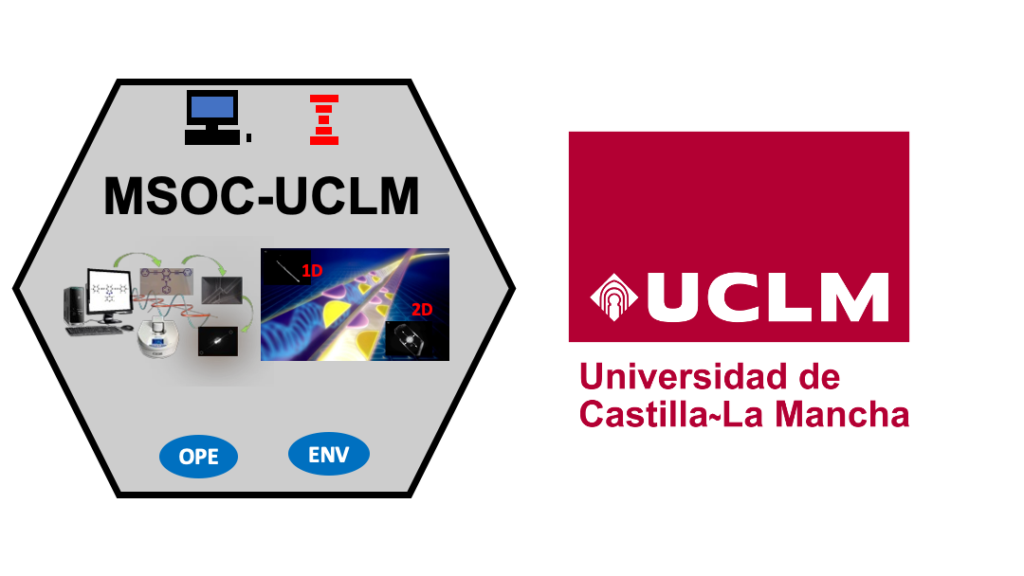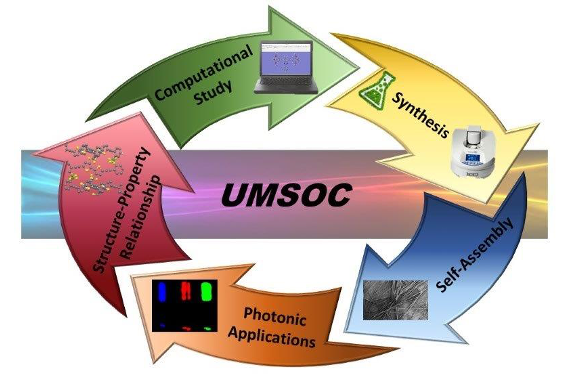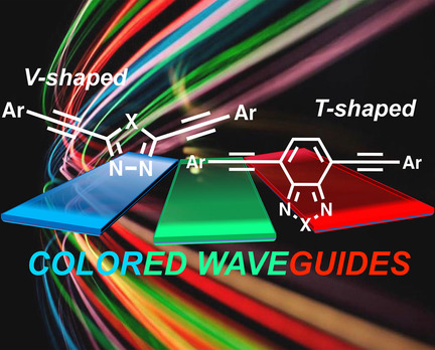
Microwaves in Sustainable Organic Chemistry Group
University of Castilla la Mancha
PI: Dr. María del Pilar Prieto
Research
The research group Microwave and Sustainable Organic Chemistry (UMSOC) is a reference in the synthesis under microwave irradiation and Sustainable Chemistry. In this sense, for years our investigations have been focused on the study of microwave radiation as a non-conventional heating source applied to organic synthesis. In addition, several studies were carried out on the basis and mechanisms of such radiation. In this sense, our research has been focused on the development of “Sustainable Chemistry” and our group are currently integrated in the Spanish Sustainable Chemistry network.

In parallel, part of our investigations has been developed within the framework of Computational Chemistry, studying reaction mechanisms in order to understand the causes for which reactions are enhanced under microwave irradiation.
Currently, combining both lines, our research is focused on the synthesis and design of structures with potential application in opto-electronic devices. Until now among one of the best representative devices of the organic electronics development are Organic-Field Effect Transistors (OFETs). Due to the quantum effects of electrons, traditional integrated circuits are facing serious problems when the device size goes down to nanometer scale, such as bandwidth’s and high speed limitations or power dissipations. These limitations can be overcome, since photons emerged as information carrier that can be manipulated at the subwavelength scale. Therefore a paramount challenge in these days is the introduction of optical communication into the chip and the development of optical integrated chips, being optical waveguides one of the essential components of miniaturised integrated nanophotonics devices.

For all the reason exposed above, in our technological society, the design and construction of new materials with new and enhanced properties and with applications in last generation devices is an objective of paramount importance for many research lines. However, it is essential to make the technological development compatible with the care and preservation of the environment. Therefore, it is necessary a prior design of these materials in order to avoid unnecessary synthesis.
With these premises and directed by the previous investigations of our group and in order to achieve these objectives our work plan is as follows: we address a theoretical study to analyse the molecular and supramolecular properties of the potential candidates. Only the rationally selected molecules with the desired properties are synthesized. Finally, supramolecular aggregates are formed and their properties as optical waveguides are tested. The analysis of the results obtained will render very useful structure-property relationships to guide the design and synthesis of new organic materials.
It should be noted that many of the synthesized compounds in our research group have been multifunctional skeletons with applications in a wide ranges of fields such as OFETs, liquid crystals, gels, biomarkers, photocatalysts and lasers. The development of these applications has been possible thanks to the collaborations with other research groups.
Members
Coordinator
Dr. María del Pilar Prieto Núñez-Polo (Full Professor)
Other Members
Dr. Antonio de la Hoz (Full Professor)
Dr. Ángel Díaz (Full Professor)
Dr. Ana Sánchez-Migallón (Full Professor)
Dr. José R. Carrillo (Assistant Professor)
Dr. Iván Torres (Postdoctoral Researcher)
Jesús Herrera (PhD Student)
Beatriz Donoso (PhD Student)
Carlos Tardío (PhD Student)
Selected Publications
Mechanical Processing of Naturally Bent Organic Crystalline Microoptical Waveguides and Junctions. V. V. Pradeep, C. Tardío, I. Torres-Moya, A. M. Rodríguez, A. V. Kumar, M. Annadhasan, A. de la Hoz, P. Prieto, R. Chandrasekar, Small 2021, 17, 2006795
Slow diffusion co-assembly as an efficient tool to tune colour emission in akynyl benzoazoles. R. Martín, I. Torres-Moya, B. Donoso, J. R. Carrillo, J. M. González-Domínguez, J. Frontiñan-Rubio, P. Prieto, A. Díaz-Ortiz, Dyes and Pigments 2020, 176, 108246
Colored optical waveguides in self-assembled thiadiazole-based materials. R. Martín, P. Prieto, J. R. Carrillo, I. Torres, C. A. Strassert, K. Soloviova, A. M. Rodríguez, L. Sánchez, A. Díaz-Ortiz, Dyes and Pygments 2018, 151, 327-334
Understanding MAOS through computational chemistry. P. Prieto, A. de la Hoz, A. Díaz- Ortiz, A. M. Rodríguez, Chem. Soc. Rev. 2017, 46, 431-451
4‐Aryl‐3,5‐bis(arylethynyl)aryl‐4H‐1,2,4‐triazoles: Multitasking Skeleton as a Self‐Assembling Unit. M. J. Pastor, I. Torres, C. Cebrián, J. R. Carrillo, A. Díaz-Ortiz, E. Matesanz, J. Buendía, F. García, J. Barberá, P. Prieto, L. Sánchez, Chem. Eur. J. 2015, 21, 1795-1802
Optical waveguides from 4-aryl-4H-1,2,4-triazole-based supramolecular structures. D. Cáceres, C. Cebrián, A. M. Rodríguez, J. R. Carrillo, A. Díaz-Ortiz, P. Prieto, F. Aparicio, F. García, L. Sánchez, Chem. Commun. 2013, 49, 621-623
